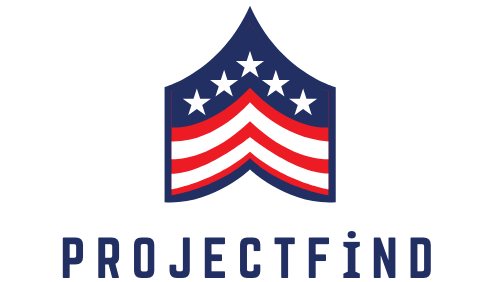Project Binder Essentials – Covers & Templates for Organization
The term “project binder” takes on diverse meanings depending on the context. It might represent a streamlined workflow solution tailored for the video production industry, a systematic approach to organizing information and documents within interior design projects, a descriptor for the work and activities facilitated by a grant contract, a service dedicated to sharing computing environments with customized specifications, or a feature designed to efficiently manage documents and folders within projects.
What are the different types of binders?
Various types of binders cater to different needs:
- 3-ring binders: The most common type, featuring three rings for versatile use. Available in various sizes and colors.
- D-ring binders: Equipped with D-shaped rings, ideal for holding a substantial number of pages. Often chosen for large projects.
- Post binders: Characterized by two or three posts running through pages, commonly used for scrapbooking and photo albums.
- Presentation binders: Specifically designed for presentation materials like slides, transparencies, and handouts. Typically equipped with clear plastic covers and available in different sizes.
- Zipper binders: Include a zipper around the edge for secure content storage, ideal for carrying papers and materials on the go.
- Accordion binders: Feature expanding sides to accommodate more pages, suitable for extensive projects requiring additional space.
- Binder clips: Though not technically binders, these small metal or plastic clips are commonly used to hold papers together by attaching them to the edge of a stack.
How to choose the right binder for your project?
When selecting a binder for your project, size is crucial. For larger projects, opt for spacious binders that accommodate all materials, while smaller tasks can make do with more compact options.
Material choice is equally important. Durable binders suit projects with anticipated wear and tear, whereas less expensive, less durable options suffice for less handling-intensive projects.
Consider the aesthetic appeal of the binder. Choose from various designs and colors to match your preferences and project needs.
Binder dividers play a vital role. Sturdy dividers suit large paperwork loads, while lightweight options are portable and space-efficient. For projects requiring regular updates, opt for binders with interchangeable spine labels. Consider lockable binders for added security.
Tabs are another key factor. Choose colors and designs that align with your project’s aesthetic. Adjust tab size according to binder size, opting for extra-wide tabs for larger projects. Enhance tab durability with mylar for projects involving extensive wear and tear.
How to Create a Dynamic Project Binder?
Is your company delaying a crucial project due to logistical challenges? Utilize project binders to alleviate your concerns and ensure the success of your next venture. Consider these key elements that exceptional binder designs incorporate for efficient and smooth project execution.
- Practical Design Functions:
- Opt for a three-ring binder with additional features like interior pockets for team members to include pertinent notes and documents.
- Incorporate die-cut windows displaying team members’ names to prevent any material mix-ups.
- Design with the Project in Mind:
- Prioritize functionality over aesthetics for company-wide projects.
- Emphasize a professional appearance with a company logo and project title.
- Consider adding visual components, such as concept art, for specific projects like new product launches.
- Present Your Project in an Organized Way:
- Enhance efficiency with tabbed inserts, breaking down the project into sections like meeting notes, timelines, budgets, and research.
- Customize dividers for easy access to essential information.
- Create multiple binders for different project teams to ensure clear expectations.
- Inspire Your Team:
- Motivate team members by incorporating an easy-to-remember mission slogan into the interior design.
- Utilize tabbed dividers and interior pockets for inspiring quotes or project mission statements, offering encouragement for new tasks.
- Store Binders in Slip Cases:
- Prevent binders from being tucked away by using slip cases, allowing them to stand upright on desks or shelves.
- Ensure easy accessibility while providing protection from wear and tear, extending the lifespan of the binder.
Effective project binders serve as a valuable asset when everything needed is carefully organized inside. If anything is missing, the flexibility of 3-ring binding allows for easy updates and additions as needed.


